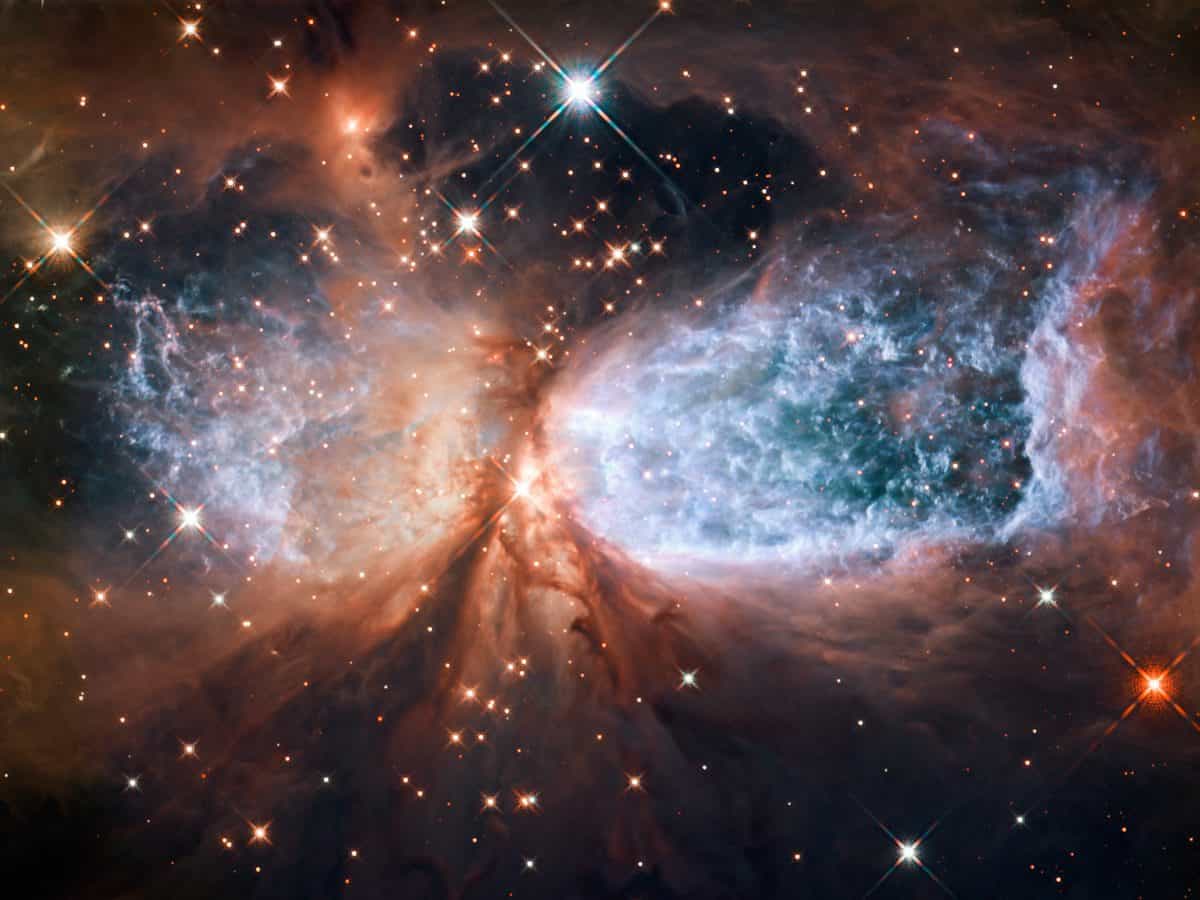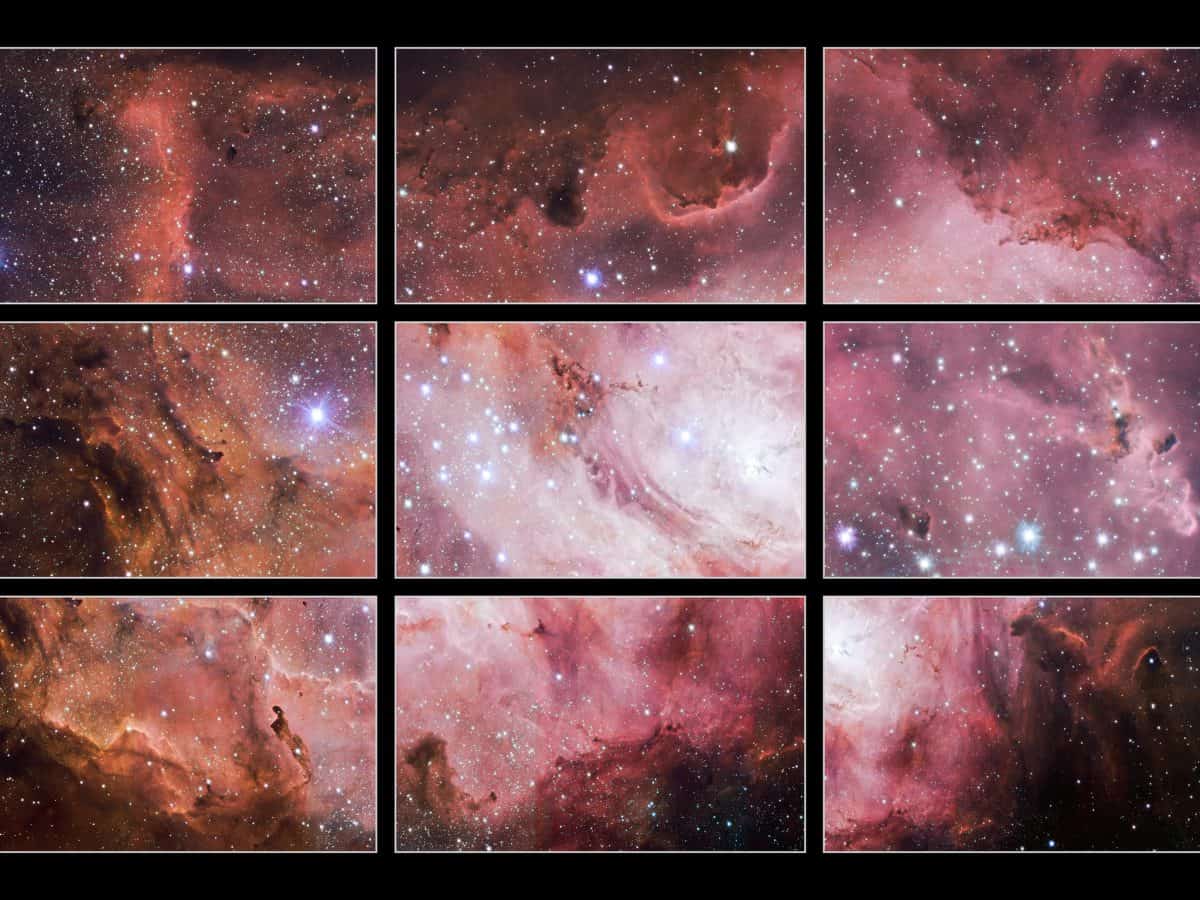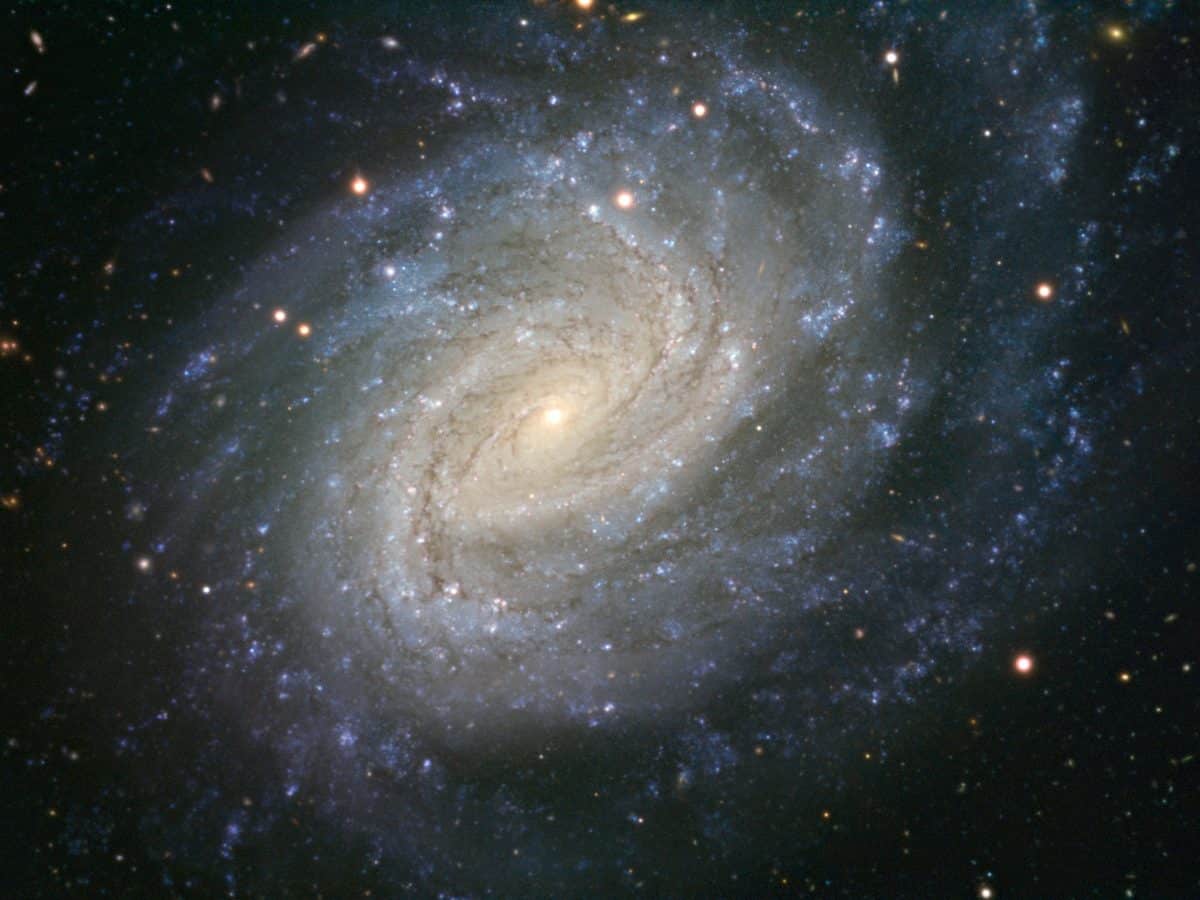Blog
Gilberto Passos Gil Moreira (born 26 June 1942), known professionally as Gilberto Gil (Brazilian Portuguese: [ʒiɫˈbɛxtu ʒiɫ] or [ʒiu̯ˈbɛɾtʊ ʒiu̯]), is a Brazilian singer, guitarist, and songwriter, known for both his musical innovation and political activism. From 2003 to 2008, he served as Brazil’s Minister of Culture in the administration of President Luiz Inácio Lula da Silva. Gil’s musical style incorporates an eclectic range of influences, including rock, Brazilian genres including samba, African music, and reggae.
Gil started to play music as a child and was a teenager when he joined his first band. He began his career as a bossa nova musician and grew to write songs that reflected a focus on political awareness and social activism. He was a key figure in the Música popular brasileira and tropicáliamovements of the 1960s, alongside artists such as longtime collaborator Caetano Veloso. The Brazilian military regime that took power in 1964 saw both Gil and Veloso as a threat, and the two were held for nine months in 1969 before they were told to leave the country. Gil moved to London, but returned to Bahia in 1972 and continued his musical career, as well as working as a politician and environmental advocate
more...Julian Priester (born June 29, 1935 in Chicago) is an American jazz trombone player and composer. He is sometimes credited as Julian Priester Pepo Mtoto.
He has played with many artists including Sun Ra, Max Roach, Duke Ellington, John Coltrane and Herbie Hancock.
Priester attended Chicago’s DuSable High School, where he studied under Walter Dyett. In his teens he played with blues and R&B artists such as Muddy Waters, and Bo Diddley, and had the opportunity to jam with jazz players like saxophonist Sonny Stitt.
more...World Music on Flamenco Fridays with Paco de Lucia
Performing Bulerias
https://www.youtube.com/watch?v=0UxHi3SIrPg
more...Sh2-106 is an emission nebula and a star formation region in the constellation Cygnus. It is a H II region estimated to be around 2,000 ly (600 pc) from Earth, in an isolated area of the Milky Way
In the center of the nebula is a young and massive star that emits jets of hot gas from its poles, forming the bipolar structure. Dust surrounding the star is also ionized by the star. The nebula spans about 2 light-years across.
The central star, a source of infrared radiation usually referred to as S106 IR or S106 IRS 4, is believed to have been formed only 100,000 years ago. It is a massive star, approximately 15 solar masses. Two jets of matter streaming from its poles heat surrounding matter to a temperature of around 10,000 °C.Dust that is not ionized by the star’s jets reflect light from the star. With an estimated surface temperature of 37,000°K, it is classified as a type O8 star. It loses around 10−6 per year in solar winds, ejecting material at around 100 km/s
more...Anthony John Medeski (born June 28, 1965) is an American jazz keyboards player and composer. Medeski is a veteran of New York’s 1990s avant-garde jazz scene and is known popularly as a member of Medeski Martin & Wood. He plays the acoustic piano and an eclectic array of keyboards, including the Hammond B3 organ, melodica, mellotron, clavinet, ARP String Ensemble, Wurlitzer electric piano, Moog Voyager Synthesizer, Wurlitzer 7300 Combo Organ, Vox Continental Baroque organ, and Yamaha CS-1 Synthesizer (a “kids’ toy”), among others. When playing acoustic piano, Medeski usually plays the Steinway piano and is listed as a Steinway Artist.
Medeski was born in Louisville, Kentucky, and grew up in Florida. After studying piano as a child (starting when he was five years old), he began as a teenager to perform with musicians such as Mark Murphy and Jaco Pastorius. He attended Pine Crest School. In 1983, after graduating from high school, he began studying piano at the New England Conservatory in Boston, where he performed as a sideman with Dewey Redman, Billy Higgins, Bob Mintzer, Alan Dawson. Medeski attributes his early interest in playing improvised music and jazz to listening to Oscar Peterson.
more...David “Honeyboy” Edwards (June 28, 1915 – August 29, 2011) was a Delta blues guitarist and singer from Mississippi.
Edwards was born in Shaw, Mississippi. At the age of 14, he left home to travel with the bluesman Big Joe Williams, beginning life as an itinerant musician, which he maintained through the 1930s and 1940s. He performed with the famed blues musician Robert Johnson, with whom he developed a close friendship. Edwards was present on the night Johnson drank the poisoned whiskey that killed him, and his story has become the definitive version of Johnson’s demise. Edwards also knew and played with other leading bluesmen in the Mississippi Delta, including Charley Patton, Tommy Johnson, and Johnny Shines.
more...The band was formed in 2014, it is composed of experienced musicians from Łódź, who deal with various genres on a daily basis: from improvised music, through alternative rock scene to traditional Polish music. The common denominator for the band members was music from the Opoczno region. Trying to preserve the most raw and original sound, and at the same time to reach their own musical roots, the group wants to combine contemporary improvisation with the spontaneity of village music.
more...These excerpts are small sections from a new VLT Survey Telescope (VST) image of the Lagoon Nebula. This giant cloud of gas and dust is creating intensely bright young stars, and is home to young stellar clusters. These data form part of a huge treasure trove of publicly available images from the ESO survey telescopes.
The Lagoon Nebula (catalogued as Messier 8 or M8, NGC 6523, Sharpless 25, RCW 146, and Gum 72) is a giant interstellar cloud in the constellation Sagittarius. It is classified as an emission nebula and as an H II region.
The Lagoon Nebula was discovered by Giovanni Hodierna before 1654 and is one of only two star-forming nebulae faintly visible to the eye from mid-northern latitudes. Seen with binoculars, it appears as a distinct oval cloudlike patch with a definite core. Within the nebula is the open cluster NGC 6530.
The Lagoon Nebula is estimated to be between 4,000-6,000 light-years from the Earth. In the sky of Earth, it spans 90′ by 40′, which translates to an actual dimension of 110 by 50 light years. Like many nebulas, it appears pink in time-exposure color photos but is gray to the eye peering through binoculars or a telescope, human vision having poor color sensitivity at low light levels. The nebula contains a number of Bok globules(dark, collapsing clouds of protostellar material), the most prominent of which have been catalogued by E. E. Barnard as B88, B89 and B296. It also includes a funnel-like or tornado-like structure caused by a hot O-type star that emanates ultraviolet light, heating and ionizing gases on the surface of the nebula. The Lagoon Nebula also contains at its centre a structure known as the Hourglass Nebula (so named by John Herschel), which should not be confused with the better known Hourglass Nebula in the constellation of Musca. In 2006 the first four Herbig–Haro objects were detected within the Hourglass, also including HH 870. This provides the first direct evidence of active star formation by accretion within it.
more...Johnny “Big Moose” Walker (June 27, 1927 – November 27, 1999) was an American Chicago blues and electric blues pianist and organist. He worked with many blues musicians, including Ike Turner, Sonny Boy Williamson II, Lowell Fulson, Choker Campbell, Elmore James, Earl Hooker, Muddy Waters, Otis Spann, Sunnyland Slim, Jimmy Dawkins and Son Seals.[2]
Walker was primarily a piano player but was also proficient on the electronic organ and the bass guitar (he played the bass guitar when backing Muddy Waters). He recorded solo albums and accompanied other musicians in concert and on recordings.
John Mayon Walker was born in the unincorporated community of Stoneville, Mississippi, partly of Native American ancestry. He acquired his best-known stage name in his childhood in Greenville, Mississippi, derived from his long, flowing hair. He learned to play several instruments, including the church organ, guitar, vibraphone and tuba.
more...St. Elmo Sylvester Hope (June 27, 1923 – May 19, 1967) was an American jazz pianist, composer, and arranger, chiefly in the bebop and hard bopgenres. He grew up playing and listening to jazz and classical music with Bud Powell, and both were close friends of another influential pianist, Thelonious Monk.
Hope survived being shot by police as a youth to become a New York-based musician who recorded with several emerging stars in the early to mid-1950s, including trumpeter Clifford Brown, and saxophonists John Coltrane, Lou Donaldson, Jackie McLean, and Sonny Rollins. A long-term heroin user, Hope had his license to perform in New York’s clubs withdrawn after a drug conviction, so he moved to Los Angeles in 1957. He was not happy during his four years on the West Coast, but had some successful collaborations there, including with saxophonist Harold Land.
More recordings as leader ensued following Hope’s return to New York, but they did little to gain him more public or critical attention. Further drug and health problems reduced the frequency of his public performances, which ended a year before his death, at the age of 43. He remains little known, despite, or because of, the individuality of his playing and composing, which were complex and stressed subtlety and variation rather than the virtuosity predominant in bebop.
Elmo Hope was born on June 27, 1923, in New York City. His parents, Simon and Gertrude Hope, were immigrants from the Caribbean, and had several children. Elmo began playing the piano aged seven. He had classical music lessons as a child, and won solo piano recital contests from 1938. Fellow pianist Bud Powell was a childhood friend; together, they played and listened to jazz and classical music. Hope attended Benjamin Franklin High School, which was known for its music program. He developed an excellent understanding of harmony, and composed jazz and classical pieces at school.
more...Lester Rallingston “Shad” Collins (June 27, 1910 – June 6, 1978) was an American jazz trumpet player, composer and arranger, who played in several leading bands between the 1930s and 1950s, including those led by Chick Webb, Benny Carter, Count Basie, Lester Young, Cab Calloway and Sam “The Man” Taylor.
Born in Elizabeth, New Jersey, the son of a clergyman, he acquired the nickname of “Shad” in his teens, and by the late 1920s had joined Charlie Dixon‘s band. He also performed with pianist Eddie White, before joining Chick Webb’s band in 1931. In the mid-1930s he played in Teddy Hill‘s band, with whom he toured in Britain and Europe, before joining the Count Basie Orchestra. He performed in Basie’s band at the From Spirituals to Swing concerts in New York City in 1938 and 1939. He also worked in the late 1930s in bands led by Benny Carter, Lester Young and Don Redman, among others.
more...Eleftheria Arvanitaki has been one of the most important figures of contemporary Greek music for the past years. The clarity and emotional depth of her voice, her magical stage presence, and the sincerity in her musical choices allow her to combine traditional Greek music idioms with up-to-date western rhythms and sounds.
more...The galaxy NGC 1187 is seen almost face-on, which gives us a good view of its spiral structure. About half a dozen prominent spiral arms can be seen, each containing large amounts of gas and dust. The bluish features in the spiral arms indicate the presence of young stars born out of clouds of interstellar gas.
Looking towards the central regions, we see the bulge of the galaxy glowing yellow. This part of the galaxy is mostly made up of old stars, gas and dust. In the case of NGC 1187, rather than a round bulge, there is a subtle central bar structure. Such bar features are thought to act as mechanisms that channel gas from the spiral arms to the centre, enhancing star formation there.
Around the outside of the galaxy many much fainter and more distant galaxies can also be seen. Some even shine right through the disc of NGC 1187 itself. Their mostly reddish hues contrast with the pale blue star clusters of the much closer object.
NGC 1187 looks tranquil and unchanging, but it has hosted two supernovae explosions since 1982. A supernova is a violent stellar explosion, resulting from the death of either a massive star or a white dwarf in a binary system . Supernovae are amongst the most energetic events in the Universe and are so bright that they often briefly outshine an entire galaxy before fading from view over several weeks or months. During this short period a supernova can radiate as much energy as the Sun is expected to emit over its entire life span.
In October 1982, the first supernova seen in NGC 1187 — SN 1982R was discovered at ESO’s La Silla Observatory and more recently, in 2007, the amateur astronomer Berto Monard in South Africa spotted another supernova in this galaxy — SN 2007Y. A team of astronomers subsequently performed a detailed study and monitored SN 2007Y for about a year using many different telescopes . This new image of NGC 1187 was created from observations taken as part of this study and the supernova can be seen, long after the time of maximum brightness, near the bottom of the image.
These data were acquired using the FORS1 instrument attached to the ESO’s Very Large Telescope at the Paranal Observatory in Chile.
more...Reginald “Reggie” Workman (born June 26, 1937 in Philadelphia, Pennsylvania) is an American avant-garde jazz and hard bop double bassist, recognized for his work with both John Coltrane and Art Blakey.
Workman was a member of jazz groups led by Gigi Gryce, Roy Haynes, Wayne Shorter and Red Garland. In 1961, Workman joined the John ColtraneQuartet, replacing Steve Davis. He was present for the saxophonist’s Live at the Village Vanguard sessions, and also recorded with a second bassist (Art Davis) on the 1961 album, Olé Coltrane. After a European tour, Workman left Coltrane’s group at the end of the year. Workman also played with James Moody, Art Blakey‘s Jazz Messengers, Yusef Lateef, Pharoah Sanders, Herbie Mann and Thelonious Monk. He has recorded with Archie Shepp, Lee Morgan and David Murray. Workman, with pianist Tommy Flanagan and drummer Joe Chambers, formed The Super Jazz Trio in 1978.
[arve url=”https://www.youtube.com/watch?v=03juO5oS2gg” /]
Big Bill Broonzy (born Lee Conley Bradley, June 26, 1903 – August 14, 1958) was an American blues singer, songwriter and guitarist. His career began in the 1920s, when he played country blues to mostly African-American audiences. Through the 1930s and 1940s he successfully navigated a transition in style to a more urban blues sound popular with working-class African-American audiences. In the 1950s a return to his traditional folk-blues roots made him one of the leading figures of the emerging American folk music revival and an international star. His long and varied career marks him as one of the key figures in the development of blues music in the 20th century.
Broonzy copyrighted more than 300 songs during his lifetime, including both adaptations of traditional folk songs and original blues songs. As a blues composer, he was unique in writing songs that reflected his rural-to-urban experiences.
Born Lee Conley Bradley, he was one of the seventeen children of Frank Broonzy (Bradley) and Mittie Belcher. The date and place of his birth are disputed. Broonzy claimed to have been born in Scott, Mississippi, but a body of emerging research compiled by the blues historian Robert Reisman suggests that he was born in Jefferson County, Arkansas.
more...The band’s catchy style is inspired by Afro-Colombian music, fueled by accordion and slow, steady cumbia beats along with vallenato rhythms.
more...More Posts
- Daily Roots with Don Carlos
- The Cosmos with IC 5070
- Delroy Wilson
- Steve Miller
- Bill Dixon
- Jimmy Blanton
- World Music with Dobet Gnahoré
- Daily Roots with Dennis Brown
- The Cosmos with Arp 91
- Edgar Gómez
- Steve Swallow
- Leon Thomas
- World Music Memorial for Sebastião Tapajós
- Daily Roots with Pat Kelly
- The Cosmos with Holographic Principal
- Keb’ Mo’
- Stevie Ray Vaughan
- Steve Reich
- Ronnie Laws
- Von Freeman



